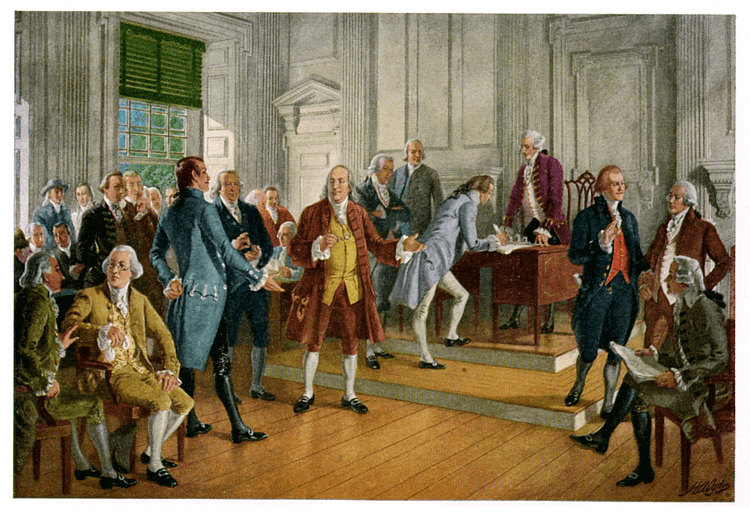
The Declaration’s indictments are not made, as is often believed, in the name of universally valid natural rights but rather are based upon the legal customs and traditions accepted by the Crown and Parliament.

Others address more parochial concerns Adams, for example, inserted an accusation against the Crown for moving legislatures to uncomfortable and distant places, a reference to the relocation of the Massachusetts legislature from Boston to Cambridge, four miles away.

Some are articulated in broad language, such as a charge that the king refused to assent to laws beneficial to the public interest of the colonies. The charges list specific abuses or violations of British statutory or constitutional law. In making such accusations, the authors risked punishment for what the British considered a form of seditious libel.
#WHO ARE THE AUTHORS OF THE DECLARATION OF INDEPENDENCE FREE#
The heart of the Declaration lies in the 27 separate indictments against George III, whom the founders label a tyrant unfit to rule over a free people. Authors of Declaration risked punishment for seditious libel Although Jefferson claimed that he did not refer to any books or pamphlets while drafting the Declaration, the document bears the clear marks of previous charters of civil liberties and limited government, such as the 1628 Petition of Right, the 1689 English Bill of Rights, and the 1776 Virginia Declaration of Rights. Jefferson’s fellow members chose him to write the initial draft, largely due to his rhetorical skills. In June 1776 the Continental Congress appointed John Adams, Benjamin Franklin, Roger Sherman, Robert Livingston, and Thomas Jefferson to the committee that would write the Declaration. Thomas Jefferson chosen to write Declaration The Declaration’s indictments against King George III show a vigorous exercise of freedom of speech and press further, by using the document to express frustration with rebuffs received to previous petitions to the king, the founders paved the way for later recognition of the right of petition, which is contained within the First Amendment. Declaration paved way for First Amendment rights

Today the Declaration stands as the best-known document of the American founding, describing not only the U.S. The Declaration of Independence, formally adopted by the Continental Congress on July 4, 1776, announced the United States’ independence from Britain and enumerated to “a candid World” the reasons necessitating this separation. (Image depicting the five-man drafting committee of the Declaration of Independence presenting their work to the Congress by John Trumbull via Wikimedia Commons, painted 1819, public domain)


 0 kommentar(er)
0 kommentar(er)
